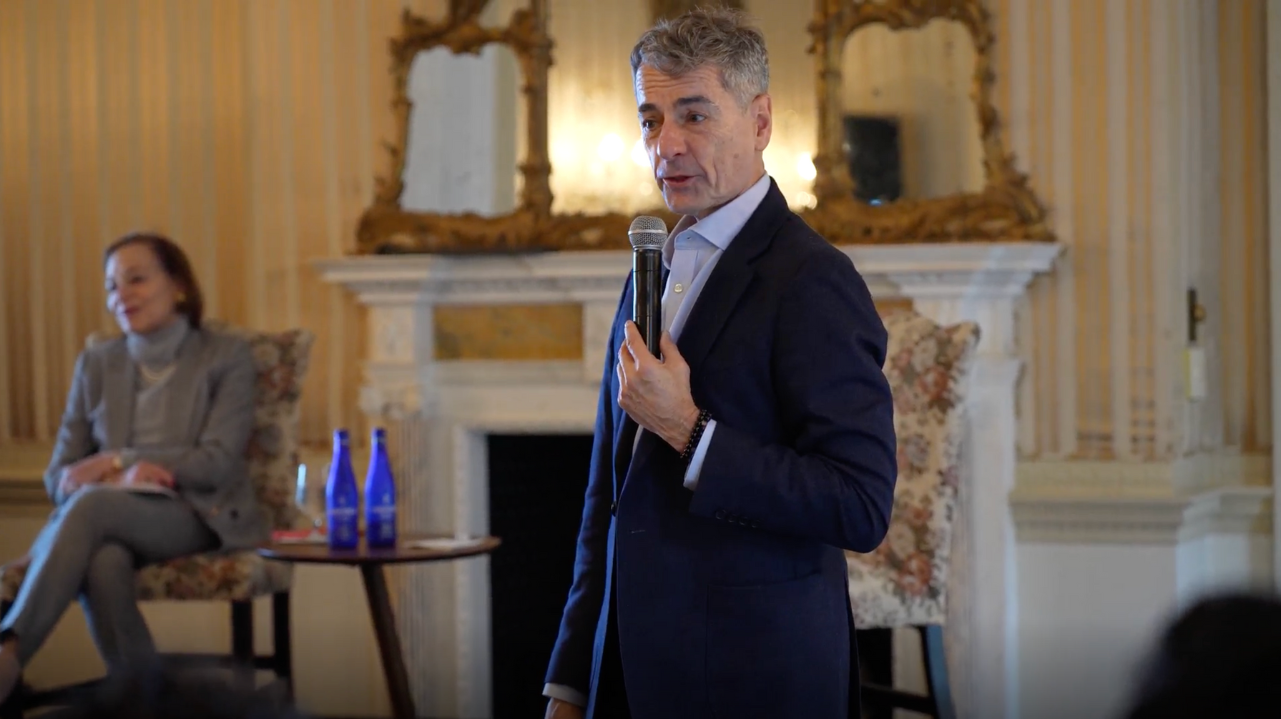Video: Sovereign Debt Restructuring from the Brady Plan to Ecuador 2020
Video: Sovereign Debt Restructuring from the Brady Plan to Ecuador 2020
We may well be on the cusp of a systemic sovereign debt crisis akin to the one of the 1980s, said experts Lee Buchheit and Augusto de la Torre.
Speakers:
- Lee Buchheit, Professor, University of Edinburgh, Scotland
- Augusto de la Torre, Director, Economics Research Center, Universidad de las Américas, Ecuador
- Susan Segal, President and CEO, Americas Society/Council of the Americas (introduction)
“We may be on the cusp of a systemic sovereign debt crisis of the kind we haven’t seen since the 1980s, where you have multiple countries forced to restructure their sovereign debt simultaneously,” said Lee Buchheit at the AS/COA panel. “None of us knows when this pandemic will abate, none of us can be sure what the world economy will look like, but if the situation turns out to be as gristly as the IMF seems to think it might be, we could have 10, 15, 20, 25 countries forced into a debt restructuring more or less at the same time.” Buchheit compared and contrasted the current scenario with the Latin American debt crisis of the 1980s, in the aftermath of which 27 countries globally were forced to restructure their sovereign debt.
The experts then touched on Ecuador’s debt restructuring process of 2008, "a case where a country did not pay and it could have paid,” as Augusto de la Torre described it. “Then-President Rafael Correa had run on a platform in which he said he was going to obtain significant debt relief in the country if he was elected,” said Buchheit, who added that if any financial officer had used the same moves as Correa, he or she would have ended up in prison. It was a “morally wrong outcome” said Buchheit, who also discussed so-called “odious debt” as it related to the Correa administration. Regarding other South American countries, Buchheit gave an overview of Uruguay's aggregated clause strategy of 2003 and noted that Argentina has recently revised its offer “very considerably in favor of the creditors.”








